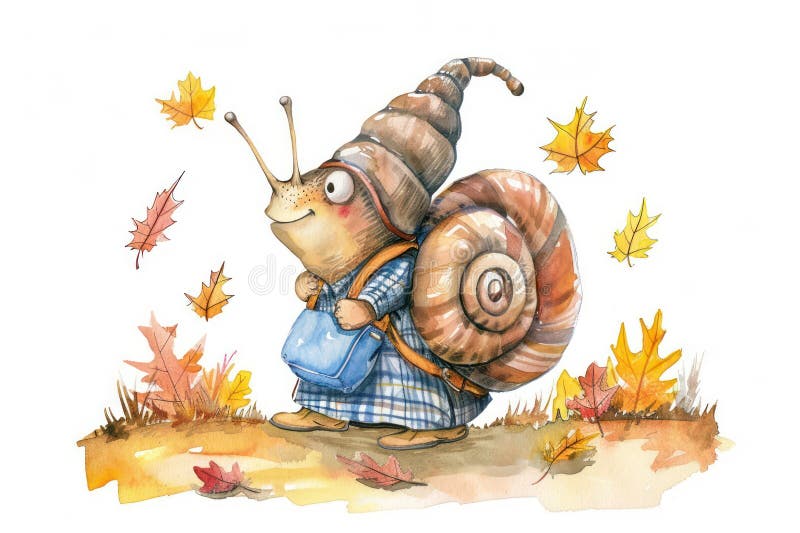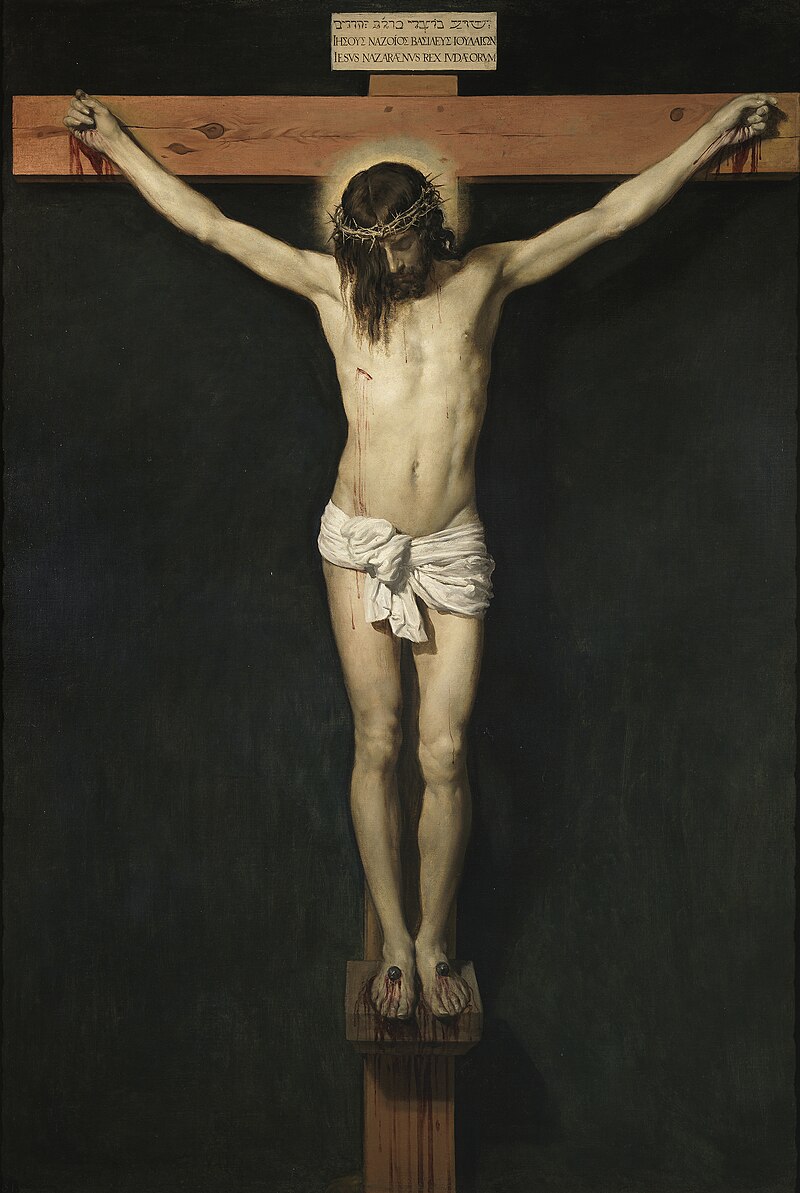
As you traverse through Madrid, seaking ancient knowledge and study-abroad credits, you’ll come across a wealth of exciting and tasty snacks, perfect for the starving student on their weary travels! As the City designated the capital by King Felipe II, it’s full of exciting, varied, and diverse foods just waiting for the bold traveller to explore!
While wandering the streets of Madrid, it’s essential to fuel your intellectual excursion with something hearty. The famous Cocido Madrileño is a perfect choice, with its warm broth full of an assortment of meats, chickpeas, and vegetables. It’s only available in the wintertime, so be sure to make a stop for it so that you can fill the void of the weary winter semesters.
But perhaps our brave traveler is looking for something beyond the comforting nourishment of stew. Perhaps you’d like something strange and exciting, something you can smugly tell your family back home “oh yes, I ate that” while you look down your well-travelled nose. For this traveler, it’s imperative to try Caracoles a la Madrileña. Or in other words, snails. They’re slow simmered in chorizo, but any further detail is kept secret and elusive, the many different recipes aren’t to be shared, and every eating experience will be unique. This dish is unlike its fancy french brother, and is eaten with toothpicks and served in taverns and bars.
But perhaps snails are just too tame for you. You’re looking for something your American friends at home would never think to eat. Then look no further than Gallinejas or Entresijos. This dish isn’t for the faint of heart, it’s bold, unique, and highly enjoyed by locals. It’s highly Madrid-specific, and you’ll certainly be embedding yourself in the culture by consuming this dish. What is it, you ask? It’s tripe! Or in other words, sheep entrails.
Now all this adventuring is some hard work, and I think my dear traveler, you need something sweet to treat yourself. Have a sit down, eat some historically ambiguous churros, a creamy bartolillos, or glimmering, honey-glazed Pestiños (But only during Christmas or Holy Week!) and enjoy the magical beauty of Madrid.

